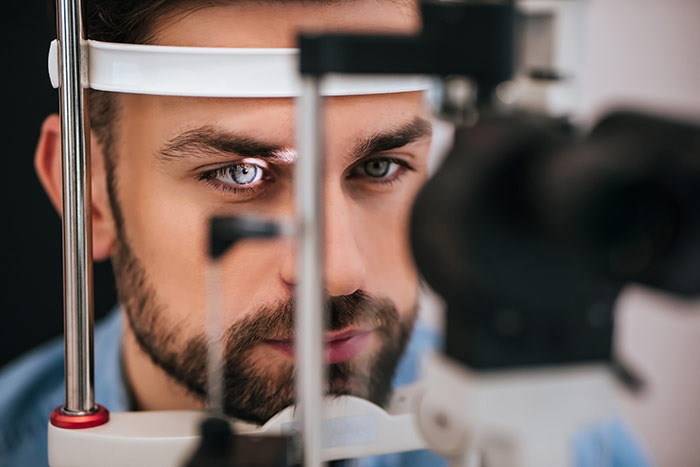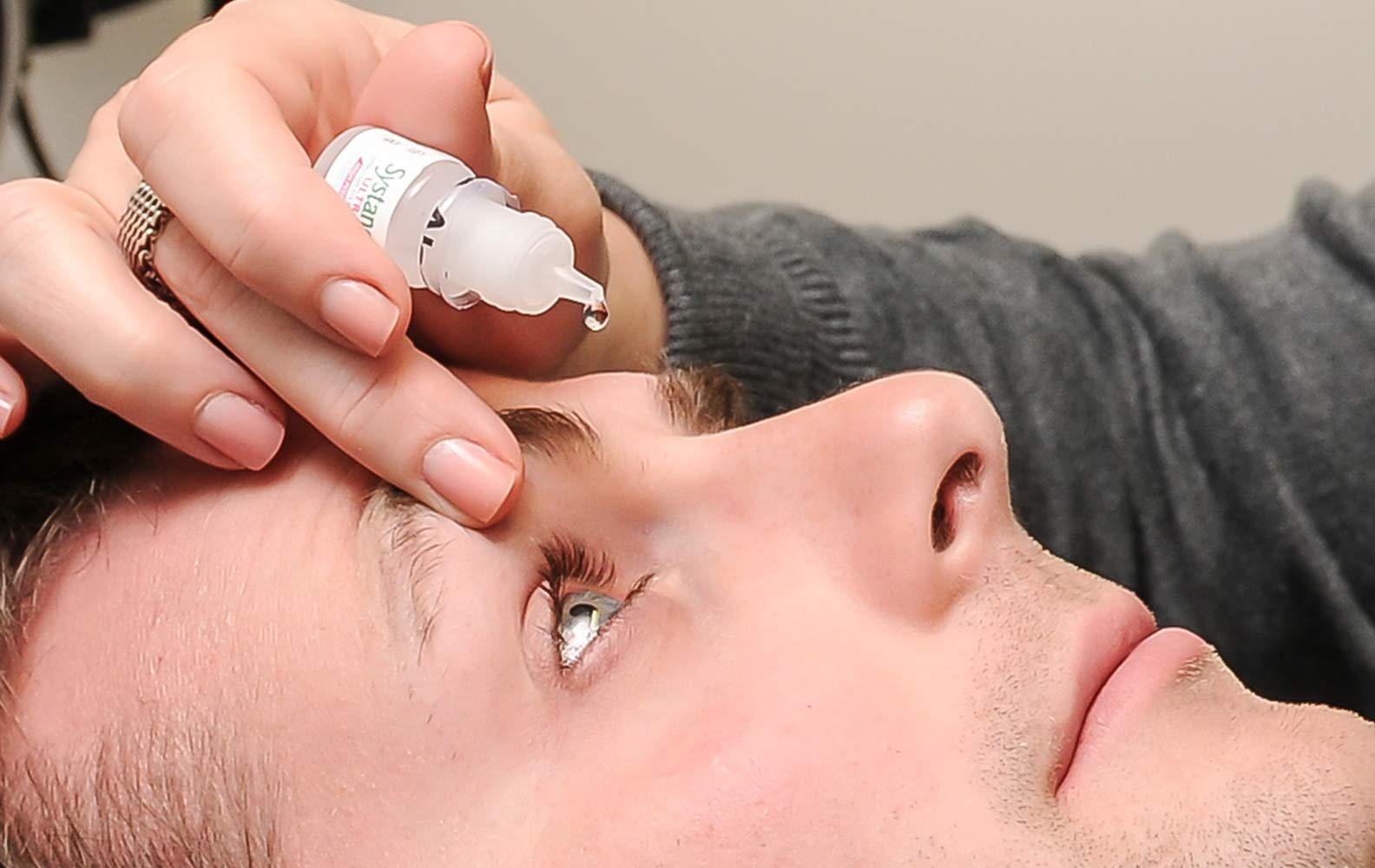
Dry Eye Diagnosis and Treatment
Dry eye is a condition in which there are insufficient tears to lubricate and nourish the eyes. Tears are necessary for maintaining the health of the front surface of the eye and for providing clear vision. Individuals with dry eyes either do not produce enough tears or have a poor quality of tears.
WHAT IS DRY EYE?
Dry eye is a condition in which there are insufficient tears to lubricate and nourish the eyes. Tears are necessary for maintaining the health of the front surface of the eye and for providing clear vision. Individuals with dry eyes either do not produce enough tears or have a poor quality of tears.
Dry eye is often a chronic problem and a multi-faceted condition.
Dry eye affects patients of all ages and is often particularly worse in older adults. There is a trend of dry eye affecting patients sooner, as the 21st century lifestyle demands more from our vision than ever before.
With each blink of the eyelids, tears are spread across the front surface of the eye, known as the cornea. Tears provide lubrication, reduce the risk of eye infection, wash away foreign matter in the eye, and keep the surface of the eyes smooth and clear. Excess tears in the eyes flow into small drainage ducts, in the inner corners of the eyelids, which drain in the back of the nose.
Dry eyes can result from an improper balance of tear production and drainage.
Inadequate amount of tears:
- Tears are produced by several glands in and around the eyelids. Tear production tends to diminish with age, with various medical conditions, or as a side effect of certain medicines. Environmental conditions such as wind and dry climates can also affect tear volume by increasing tear evaporation. When the normal amount of tear production decreases or tears evaporate too quickly from the eyes, symptoms of dry eye can develop.
Poor quality of tears:
- Tears are made up of three layers: oil, water, and mucus. Each component serves a function in protecting and nourishing the front surface of the eye. A smooth oil layer helps to prevent evaporation of the water layer, while the mucin layer functions in spreading the tears evenly over the surface of the eye. If the tears evaporate too quickly or do not spread evenly over the cornea due to deficiencies with any of the three tear layers, dry eye symptoms can develop.
The most common form of dry eyes is due to an inadequate amount of the water layer of tears. This condition, called keratoconjunctivitis sicca (KCS), is also referred to as dry eye disease.
People with dry eyes may experience symptoms of irritated, gritty, scratchy, or burning eyes, a feeling of something in their eyes, excess watering, or blurred vision. Advanced dry eyes may damage the front surface of the eye and impair vision.
Treatments for dry eyes aim to restore or maintain the normal amount of tears in the eye to minimize dryness and related discomfort and to maintain eye health.
FACTORS THAT CAN Contribute to DRY EYE
Age: Dry eyes are part of the natural aging process. The majority of people over the age of 65 experience some dry eye symptoms
Gender: Women are more likely to develop dry eyes due to hormonal changes caused by pregnancy, the use of oral contraceptives, and menopause.
Medications: Certain medicines, including antihistamines, decongestants, blood pressure medications and antidepressants, can reduce the amount of tears produced in the eyes.
Medical Conditions: Individuals with rheumatoid arthritis, diabetes, or thyroid problems are more likely to have symptoms of dry eyes. Also, problems with inflammation of the eyelids (blepharitis), inflammation of the surfaces of the eye, or the inward or outward turning of eyelids can cause dry eyes to develop.
Environmental Conditions: Exposure to smoke, wind, or dry climates can increase tear evaporation resulting in dry eye symptoms. Failure to blink regularly, such as when staring at a computer screen for long periods of time, can also contribute to drying of the eyes.
Other Factors: Long term use of contact lenses can be a factor in the development of dry eyes. Refractive eye surgeries, such as LASIK, can cause decreased tear production and dry eyes.
HOW ARE DRY EYES DIAGNOSED?
Your Hellerstein & Brenner Vision Center, P.C. optometrist can assess the quantity and quality of your tears as well as the multiple factors that contribute to dry eye at your comprehension eye examination.

HOW ARE DRY EYES TREATED?
As dry eye conditions are often multi-faceted, the doctors at Hellerstein & Brenner Vision Center, P.C. often take a diverse treatment approach to address the specific signs and symptoms of your dry eyes.
Treatments may include:
- Artificial tears/gels
- Medicated dry eye drops/ointments
- Supplements
- Medications
- Eyelid treatments
- BlephEx™ treatment
- Optilight IPL Treatment
At your examination, your optometrist will determine the treatments that would be best to relieve your dry eye.
Information for Dry Eyes from: https://www.aoa.org/patients-and-public/eye-and-vision-problems/glossary-of-eye-and-vision-conditions/dry-eye.
Interested in “grading” your dry eye?
Complete the questionnaire below.
